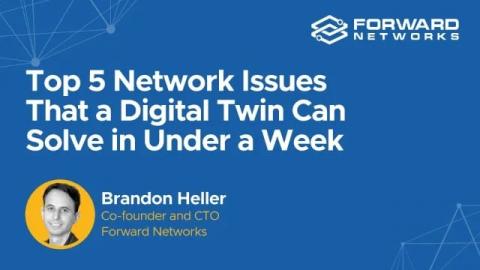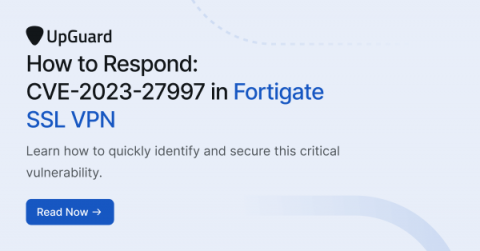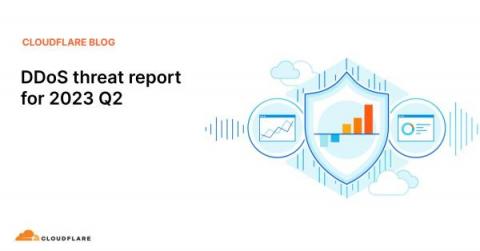Security | Threat Detection | Cyberattacks | DevSecOps | Compliance
Blog
Exposure Management: Best Practices for Getting Ahead of Cyber Risk
Effectively managing security budgets in a recession
How can you effectively manage a security budget in a recession? An economic downturn will likely impact your team, so you must prepare to balance your cybersecurity needs with your spending limits.
Solving Big Networking Problems FAST
Most of the big networking headaches didn’t turn up overnight; they started small and increased in complexity over time, as the network grew and evolved. Without detailed actionable data, these problems can be nearly impossible to solve; at the very least it can take weeks, months, or even years to rid a global network of a pervasive issue.
Elastic + Cribl help organizations migrate SIEM and keep it simple
The New Era of AI-Powered Application Security. Part Two: AI Security Vulnerability and Risk
AI-related security risk manifests itself in more than one way. It can, for example, result from the usage of an AI-powered security solution that is based on an AI model that is either lacking in some way, or was deliberately compromised by a malicious actor. It can also result from usage of AI technology by a malicious actor to facilitate creation and exploitation of vulnerabilities.
ThreatQ Cyber Forum Recap: Expert Insights on Risk-Based Vulnerability Management
The discipline of vulnerability management has been around for decades and the way we assess risk, based on severity and likelihood of exploitation, has remained fairly constant. However, there are challenges in how this formula is usually applied that narrow our perspective on risk and our mitigation strategies.
How to Respond: CVE-2023-27997 (Fortigate SSL VPN)
Reviewing Remote Work Security: Best Practices
Remote work has shifted the mindset away from the old style of employment, showing up to the office every day. However, it seems that more businesses are starting to grab back some of the traditional practice of showing up to the office. The timing is probably helping, as the northern hemisphere is starting to warm up, making the commute to an office slightly more enjoyable. However, as we move towards an in-office presence, it may make us more relaxed about some of the rules of remote working.
DDoS threat report for 2023 Q2
Welcome to the second DDoS threat report of 2023. DDoS attacks, or distributed denial-of-service attacks, are a type of cyber attack that aims to disrupt websites (and other types of Internet properties) to make them unavailable for legitimate users by overwhelming them with more traffic than they can handle — similar to a driver stuck in a traffic jam on the way to the grocery store.











